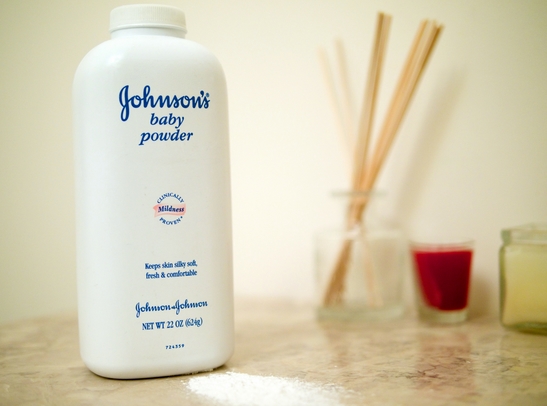If great white sharks can’t escape heavy metals poisoning, where does that leave the rest of us?
08/12/2019 / By Edsel Cook

The great white sharks in South African waters have been found to contain high levels of arsenic, lead, and mercury in their blood. While the sharks might shrug off the deadly effects of the heavy metals, the presence of the toxins suggest that their prey were badly contaminated – and humans also rely on some of those same food sources.
The sharks get away with significant concentrations of heavy metals in their bodies thanks to their supercharged healing factor. But other animals – including humans – will get sick and die if they get exposed to the same amounts of the cancer-causing toxins.
The alarming discovery came from researchers at the University of Miami (UM). They checked blood samples taken from great white sharks that prowled the coasts of South Africa.
The sharks themselves were fine. However, the heavy metals in their bloodstream highlighted the increasing presence of toxic elements in their food sources.
While they are opportunistic feeders, the diet of great white sharks changes as they age. When they are young and cannot bite hard enough yet to kill animals with bony skeletons, they mostly eat fish, many species of which are also eaten by humans. (Related: Heavy metals accumulate in your brain: Could this be the true cause of Alzheimer’s?)
Great white sharks have harmful levels of heavy metals in their blood
Assisted by the nonprofit organization Ocearch, the UM researchers got blood samples from 43 different great white sharks. They also attached radio tags to the animals before releasing them for tracking purposes.
Back at the UM laboratory, they looked for the levels of 12 trace elements and 14 heavy metals in the blood samples. Their tests confirmed significant concentrations of arsenic, lead, and mercury in the sharks.
That many heavy metals in the body of any other animal would lead to a severe case of heavy metal poisoning. However, the immune system of the great white sharks seemed to be running properly.
The researchers took the chance to analyze the overall health of the sharks during the sampling process. They counted leukocyte numbers in the blood and measured the ratio of granulocytes to lymphocytes.
Leukocytes, granulocytes, and lymphocytes are different types of white blood cells. They play important roles in the immune system function.
“The results suggest that sharks may have an inherent physiological protective mechanism that mitigates the harmful effects of heavy metal exposure,” explained UM researcher Liza Merly, the lead author of the study.
Oceanic food sources are now contaminated by heavy metals
The findings of the UM study contributed new information on the environment of great white sharks in the coastal waters of South Africa. Future research may use the data as a baseline for the concentrations of various elements in the great white’s bloodstream, including toxic heavy metals.
It also gave the researchers a better idea of the toxic elements that might be contaminating prey animals consumed by humans.
“As top predators, sharks bio-accumulate toxins in their tissues via the food web from the prey they eat,” explained UM researcher Neil Hammerschlag, who co-authored the study alongside Merlu. “So by measuring concentrations of toxins, such as mercury and arsenic, in the blood of white sharks, they can act as “ecosystem indicators” for the health of the ecosystem, with implications for humans.”
Hammerschlag elaborated that if the occupants of the top of the food chain were showing signs of excessive exposure to heavy metals and other toxins, then their prey animals were also most likely contaminated with toxins.
Sharks and humans eat many of the same species of fish, such as tuna. So if great white sharks displayed unsafe levels of heavy metals, then people might want to check the cleanliness of their sushi and sashimi.
Sources include:
Tagged Under: animals, arsenic, cadmium, contaminated fish, Ecology, environment, exposure, fish, great white sharks, Lead, marine ecosystem, mercury, toxic elements, toxins, wildlife
RECENT NEWS & ARTICLES
Chemicals.News is a fact-based public education website published by Chemicals News Features, LLC.
All content copyright © 2018 by Chemicals News Features, LLC.
Contact Us with Tips or Corrections
All trademarks, registered trademarks and servicemarks mentioned on this site are the property of their respective owners.

















